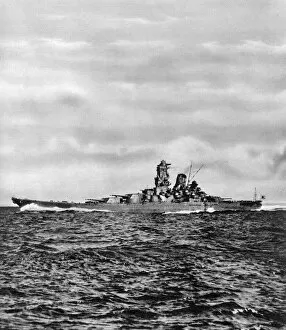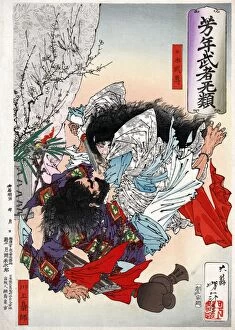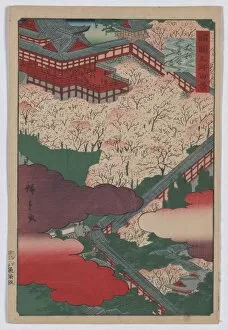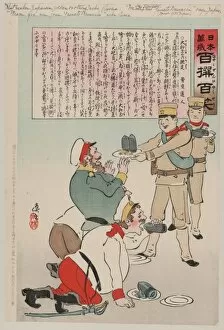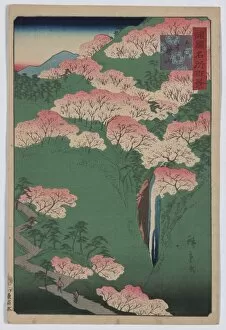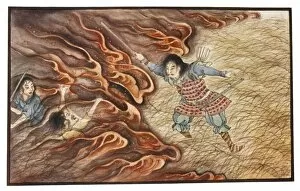Yamato Collection
Yamato: A Symbol of Strength and Legacy The name "Yamato" carries a rich history that spans centuries in Japan
All Professionally Made to Order for Quick Shipping
Yamato: A Symbol of Strength and Legacy The name "Yamato" carries a rich history that spans centuries in Japan. From the majestic Japanese battleship Yamato to ancient heroes and iconic artworks, this name holds great significance. One of the most notable references to the legendary Japanese battleship Yamato, which was commissioned in 1941 during World War II. Known for its immense size and formidable firepower, it symbolized Japan's military might at the time. Unfortunately, this mighty vessel met a tragic fate when it was hit by bombs in 1945. Delving deeper into history, we find ourselves transported back to c. 1912 where Horyu-ji stands tall as the oldest Buddhist temple in Japan. This architectural marvel has stood for over 1300 years, representing both spiritual devotion and cultural heritage within the region of Yamato. Intriguingly, even before these modern references emerged, Prince Yamato and Takeru graced us with their presence back in 1912. Captured through Evelyn Paul's lens, they embody an era steeped in tradition and honor. But let us not forget about Wo-usn or more commonly known as Yamato Takeru - an ancient Japanese hero who left his mark on history during the 19th century (1886). His tales inspire generations with stories of bravery and valor that continue to resonate today. Artistic expressions have also paid homage to Yamato throughout time. Hiroshige Province captures its serene beauty through delicate brushstrokes while Hiroshige Mountain showcases its grandeur against a backdrop of nature's wonders. Yoshitoshi's woodcut print titled "Yamato Takeru no Mikoto" further immortalizes this heroic figure with intricate details etched onto paper. From battleships battered by war to temples standing strong against time; from legendary heroes etched into folklore to artistic masterpieces capturing its essence, Yamato's legacy endures.

